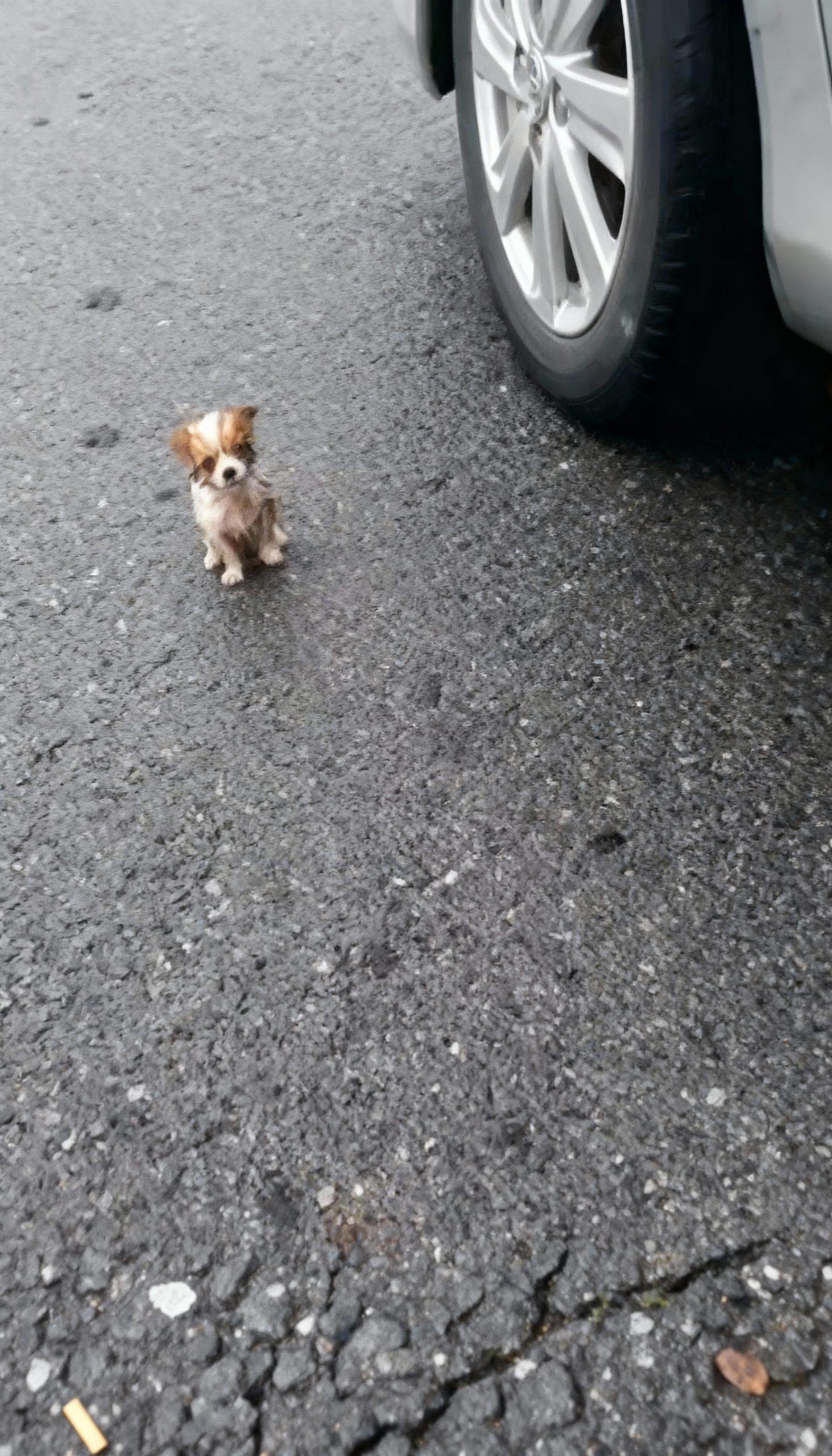
Roadside Dangers and Environmental Exposure
For a dog as small as the one pictured, a busy street transforms into a perilous landscape. Vehicles, even when moving slowly, pose an immense threat. Their low profile makes them incredibly difficult for drivers to spot, especially in adverse weather conditions or at night. The sheer force of even a minor impact can be catastrophic for a creature weighing mere pounds. Beyond immediate traffic risks, environmental exposure presents another grave danger. Small dogs have less body mass and thinner coats compared to larger breeds, making them highly susceptible to extreme temperatures. In cold weather, hypothermia can set in rapidly, while hot pavement can quickly burn their delicate paw pads. Rain, wind, and even prolonged exposure to direct sunlight can lead to serious health issues, underscoring the urgency of retrieving a lost small dog as quickly as possible. The world outside, often taken for granted by humans, is a gauntlet of potential harm for these tiny beings.

Predation and Interspecies Conflict
While the image shows the dog near a car, highlighting man-made dangers, another significant threat to small dogs, especially when unsupervised, comes from other animals. Coyotes, large birds of prey, and even larger domestic dogs can view a small dog as prey or a competitor. Their size offers little defense against such encounters. This risk is particularly pronounced in suburban and rural areas where wildlife is more prevalent, but it can also occur in urban environments. An off-leash large dog, even one that is typically friendly, could inadvertently harm a tiny dog during play due to the sheer size difference. For a small dog on its own, the ability to escape or defend itself is severely limited, making it an easy target for predators or aggressive animals. The vulnerability of their size extends beyond human-made perils into the natural order of the animal kingdom.
